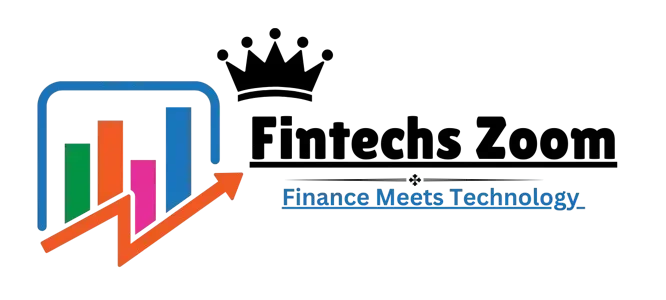The rise of Buy Now, Pay Later (BNPL) services has dramatically altered how consumers approach shopping and budgeting. A Consumer Financial Protection Bureau report revealed that the BNPL industry is expanding rapidly, with loans from five surveyed lenders in the U.S. surging 970% from 16.8 million in 2019 to 180 million in 2021.
These short-term financing options allow consumers to split payments into manageable installments, often with little to no interest if paid on time. From online retailers to in-store purchases, BNPL influences spending habits, financial planning, and how people think about credit.
Increased Accessibility to Higher-Priced Items
One of the most significant ways BNPL reshapes spending habits is by making high-ticket items more accessible to the average consumer. Instead of needing to save for months or rely on credit cards with high interest rates, shoppers can spread out payments over time.
This shift has allowed people to make purchases they might have otherwise postponed, such as electronics, furniture, and luxury fashion. While this can be beneficial, it encourages impulse spending, as the upfront cost appears more manageable than a lump-sum payment.
The Psychological Impact on Spending Behavior
BNPL alters the psychology of spending by making purchases feel less burdensome. When consumers see a $500 item broken into four $125 payments, the purchase seems more affordable than paying the full price upfront. This perception encourages shoppers to buy more than planned, increasing overall spending.
According to a Harvard Business Review study in the Journal of Marketing, adopting BNPL resulted in a rapid and significant rise in spending. Consumers who started using BNPL were more inclined to make purchases, with the likelihood of buying increasing from 17% to 26%.
Retailers have capitalized on this by integrating BNPL options directly into their checkout processes, further normalizing installment-based purchasing. While this can help people afford necessary items, it also contributes to a culture of instant gratification, where financial discipline becomes more challenging.
The Shift from Credit Cards to Alternative Financing
Credit cards have been the go-to option for flexible payment solutions for years, but BNPL has provided a compelling alternative. Many consumers, particularly younger generations, prefer BNPL because it often does not involve interest charges or affect their credit score if used responsibly.
This shift has led to a decline in traditional credit card usage, with some consumers favoring BNPL’s transparent payment structures and ease of approval. However, this trend raises concerns about consumers taking on multiple BNPL plans simultaneously and struggling to keep track of their repayment schedules.
The Need for Traditional Credit Options in Certain Situations
While BNPL works well for retail purchases, it is not always available for essential expenses such as medical bills, home repairs, or personal services. In such cases, a line of credit may be necessary to cover these costs.
When considering this option, it’s crucial to choose a reputable financial institution that offers fair terms and provides resources that make managing your loan payment simpler. Responsible borrowing ensures that short-term financial relief does ot become a long-term financial strain.
Regulatory Challenges and Consumer Protection
The rapid expansion of BNPL has drawn attention from regulators who are concerned about consumer protection. Unlike traditional credit options, many BNPL services do not require credit checks or provide clear disclosures on late fees. Some consumers may take on multiple BNPL plans, unaware of the financial burden accumulating over time.
Governments and financial institutions are beginning to push for greater transparency in BNPL agreements to prevent debt traps and ensure responsible lending practices.
Conclusion
BNPL has transformed consumer spending habits by making expensive items more accessible, shifting reliance away from credit cards, and changing how people perceive affordability. However, while it offers convenience, it also comes with risks, such as overspending and difficulty managing multiple payment plans.
When BNPL is not an option, using a traditional line of credit from a reputable financial institution can be a smarter alternative. As BNPL continues to evolve, responsible usage and awareness of financial commitments will be key to ensuring long-term financial well-being.

